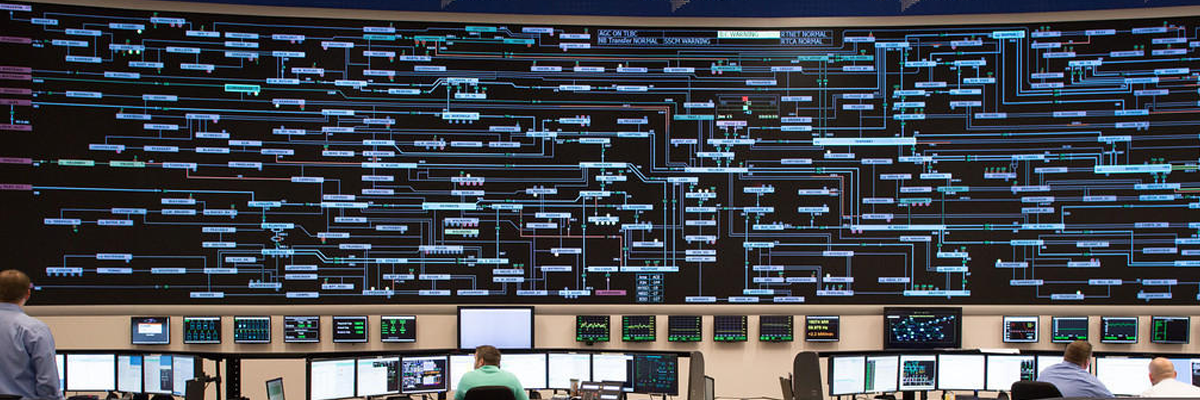by Pat Stanton
This month, the Independent System Operator of New England (ISO-NE) completed its eleventh Forward Capacity Auction (FCA 11). The auction enabled procurement of sufficient resources to meet electricity demand in 2020-2021. A total of 640 megawatts (MW) of new energy efficiency (EE) and demand-reduction (DR) measures cleared – an amount ISO-NE describes in its news release as “the equivalent of a large power plant.” Clean renewable generation will also be delivering new capacity in FCA 11, with wind providing 137 MW and solar 66 MW.
FCA 11 is good news for EE, which has established its value as a capacity resource in wholesale markets for over a decade. Following this auction, the cumulative amount of EE and DR resources is “more than 3,200 MW, or about 9% of the total capacity market.”
By substantially contributing to capacity in this auction, EE reduces wholesale market prices for electricity customers. The clearing price for FCA 11 was the lowest price since 2013 at $5.30 per kilowatt-month.
Robert Ethier, vice president of market operations at ISO-NE, describes the reduction in price and corresponding surplus capacity as “indicative of a market that works.” This demonstrates that EE can thrive in competitive markets and provide reliable energy savings to meet the region’s future needs. A report by the Acadia Center shows that without EE, energy demand in the region during the winter of 2014-15 would have been 14% higher. Energy efficiency essentially saved New Englanders $1.5 billion.
FERC Rulemaking: Capture More Value?
Even more potential value may be captured as the Federal Energy Regulatory Commission (FERC) advances its rulemaking procedure to improve access to – and participation for – energy storage and other distributed energy resources (DER) in wholesale markets throughout the country.
See my recent blog post that discusses the importance of this rulemaking. Inclusion of EE among demand resources can lead to further success for EE in all regional wholesale markets.
Virtuous Cycle
EE is a particularly important and unique resource. It provides numerous additional benefits including reducing emissions, improving health and providing jobs. The utility customer EE programs that participated in FCA 11 will be compensated over $40 million annually for multiple years. This money can then be reinvested in even more EE, creating a virtuous cycle to the benefit of New England ratepayers.
–Pat Stanton is E4TheFuture’s Director of National Policy
